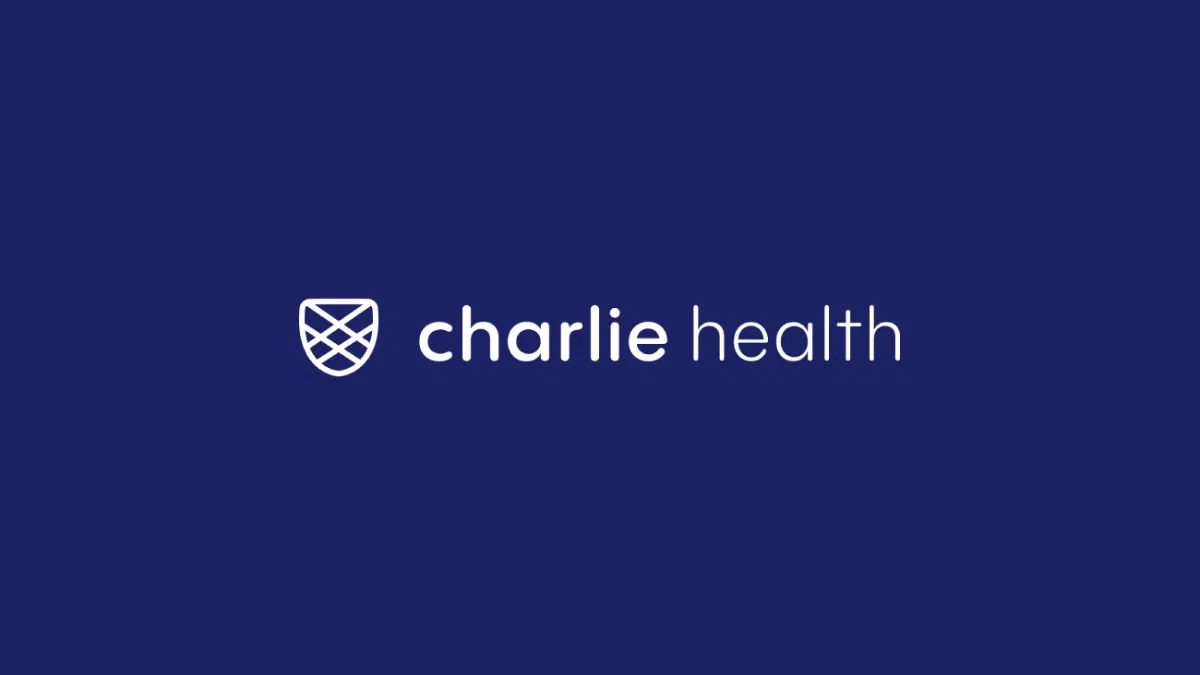
Table of Contents
Yes, Emotional Abuse Can Cause Trauma—Here’s How to Heal

Written By: Sarah duRivage-Jacobs

Clinically Reviewed By: Dr. Don Gasparini
November 20, 2023
6 min.
More than 18% of young people may experience emotional abuse globally. Here’s how survivors can navigate the experience and get the support they deserve.
Learn more about our Clinical Review Process
Table of Contents
If you or someone you know is experiencing any type of abuse, call the National Domestic Violence Hotline at 1-800-799-7233 (SAFE) or 1-800-787-3224 (TTY) for anonymous, confidential help available 24/7.
Gaslighting. Name-calling. Criticism. These are all examples of emotional abuse, an insidious type of trauma we don’t talk about enough. Because emotional abuse is mostly invisible and doesn’t always result in physical harm, it isn’t always given the same level of attention that forms of physical abuse typically gets. But it can be just as impactful and distressing as more visible abuse. Here, we’re digging into the research around emotional abuse, trauma from emotional abuse, and effective mental health treatment options to help survivors navigate their experiences and get the support they deserve.

You deserve to feel safe and supported
Get trauma-informed treatment for survivors from home.
The trauma of emotional abuse
Emotional abuse—also known as psychological abuse or mental abuse—is a form of trauma that can be part of any relationship. For example, it may be childhood maltreatment from parental figures or a type of intimate partner violence (IPV). Emotional abuse can take many forms, but all kinds of emotionally abusive behaviors can make it more challenging for survivors to leave abusive partners, even once they’ve decided they need to go. Emotionally abusive behaviors may include:
Stonewalling
Refusal to communicate and silent treatments, leaving survivors feeling confused, frustrated, and unheard.
Gaslighting
Deliberate manipulation that makes survivors question their own reality and experiences, leading to extreme self-doubt and fears of “going crazy.”
Accusations
This may include constant accusations of cheating, flirting, and other relationship transgressions, often without evidence that can breed mistrust and jealousy in relationships.
Isolating
Attempts at cutting a survivor off from their friends and family, making it harder for survivors to leave.
Criticism
Constant criticism of a survivor’s appearance, behaviors, and choices, leading to low self-esteem and feelings of worthlessness.
Verbal abuse
Constant name-calling, insults, and yelling, leaving survivors scared and anxious.
Shaming and blaming
Making survivors feel guilty or ashamed of things that aren’t their fault, including issues with the relationship. In some cases, blame may be shifted to survivors when the perpetrators of abuse are the ones doing something wrong.

Controlling
Controlling behaviors may include going through survivors’ phones or checking up on them wherever they are, leading survivors to feel like they have no control over their relationships.
Economic abuse
Restricting access to or taking money from survivors leading them to be fully dependent on their partners and unable to leave relationships.
Coercion and threats
Threats to hurt or leave survivors when the perpetrators of abuse don’t have their demands met—or threats of self-harm if survivors try to leave.
How common is emotional abuse?
If you think you or a loved one may be experiencing emotional abuse, you’re not alone. Emotional abuse is, unfortunately, quite common among young people and adults. Here is some data on the prevalence of emotional abuse:
- Approximately 18.4% of young people may experience emotional abuse globally.
- Among adults, nearly one-half of people assigned female at birth or assigned male at birth have reported experiencing emotional abuse from an intimate partner.
- When reflecting on their childhoods, more than one-third of adults report having experienced emotional abuse in their youth. More than half of U.S. high school students report having experienced emotional abuse from a parent or another adult in their homes.
- LGBTQIA+ young people may be especially likely to report multiple adverse childhood experiences (ACEs), including a high prevalence of emotional abuse. Pansexual, transgender and gender non-conforming, Indigenous American, Latine, and rural young people are even more likely to face these ACEs.
- According to one 2022 study among 601 undergraduates in the Midwest, on college campuses, older white female students may have higher rates of emotional abuse.
Emotional abuse and mental health
According to the Crisis Text Line, survivors of emotional abuse may experience:
- Anxiety
- Depression
- Low self-esteem
- Social withdrawal
- Feelings of guilt and shame
- Fear
- Trauma and post-traumatic stress disorder (PTSD)
- Substance use disorders
- Self-harm
- Thoughts of suicide

Research has demonstrated a strong association between childhood emotional abuse and depressive symptoms. The factors that connected childhood emotional abuse with depressive symptoms were emotional dysregulation and interpersonal problems.
If you’re experiencing suicidal thoughts and think you’re in danger of harming yourself, this is a mental health emergency—you can contact The Suicide & Crisis Lifeline 24/7 by calling or texting 988 or call 911 or go to an emergency room for immediate care.
Emotional abuse and PTSD
Research demonstrates that emotional abuse can lead to PTSD symptoms despite the fact that some clinical definitions of trauma exclude emotional abuse.
A 2021 study published in Child Abuse & Neglect explored the role parental emotional abuse can play in the severity of PTSD symptoms and the effectiveness of trauma-focused mental healthcare treatment for young people ages 10-20. The sample population was 287 young people. The researchers found that when compared to other forms of maltreatment, emotional abuse was associated with more severe symptoms of PTSD. When the young people engaged in trauma-focused treatment for PTSD symptoms, there was a significant reduction in symptoms after six months.
Healing from the trauma of emotional abuse
The two trauma-focused therapeutic treatment modalities that are recommended and validated for young people with histories of physical or emotional trauma include cognitive behavioral therapy (CBT) and eye movement desensitization and reprocessing therapy (EMDR). These are also the modalities that led to a reduction in PTSD symptom severity in the 2021 study mentioned in the last section.
Cognitive behavioral therapy (CBT)
Eye movement desensitization and reprocessing therapy
- Considered the gold standard for PTSD treatment
- The goal is to identify and reframe unhelpful patterns of thinking
- Trauma-focused CBT is designed for young people with a trauma history
- Involves the stimulation of both sides of the brain
- The goal is to decrease emotional intensity and trauma responses
Cognitive behavioral therapy
CBT is considered the “gold standard” for PTSD treatment. In CBT, a form of psychotherapy, the goal is to identify unhelpful patterns of thinking and behavior that contribute to distressing symptoms. Trauma-focused CBT (TF-CBT) is specifically for children and adolescents with a trauma history. The treatment, which can happen in as few as 12 weeks, is made up of the following “PRACTICE” components:
- Psychoeducational and parenting skills
- Relaxation techniques
- Affective expression and regulation (e.g., managing emotional reactions and self-soothing)
- Cognitive coping and processing
- Trauma narration and processing (gradual exposure to the traumatic event through creative exercises)
- In-vivo exposure (gradual exposure to trauma triggers)
- Conjoint parent/child sessions
- Enhancing personal safety and future growth
Eye movement desensitization and reprocessing therapy
EMDR therapy, which was introduced to the youth population in 1999, involves the stimulation of both sides of the brain in an effort to decrease the emotional intensity and trauma responses associated with a traumatic event. EMDR treatment may last about 6-12 sessions.
Support for survivors at Charlie Health
Could you or a loved one be impacted by emotional abuse? Charlie Health’s team of compassionate, trauma-informed therapists can help you deal with the effects of emotional abuse and start feeling better—because you deserve to feel safe and supported.
Our virtual Intensive Outpatient Program (IOP) blends different therapeutic approaches and modalities to find the right care plan for your strengths, challenges, and preferences. Our therapists are experts at trauma-focused treatments like CBT and dialectical behavior therapy (DBT) skills.
Our 100% virtual program provides more care than once-weekly therapy, but it’s flexible enough that treatment happens at home and around existing obligations and extracurriculars. All clients benefit from weekly individual therapy, family therapy, and supported group sessions with other young people who are going through the same things they are.
Fill out this short form today to learn more about Charlie Health treatment and see if our program’s right for you.
Resources for emotional abuse survivors
If you or someone you know is experiencing emotional abuse, there are resources available that can help:
- The Abused Deaf Women’s Advocacy Services
- Break the Cycle
- Casa de Esperanza
- The Crisis Text Line
- The Domestic Violence Initiative
- INCITE! Women of Color Against Violence
- Manavi
- The National Child Abuse Hotline/Childhelp
- The National Center on Domestic Violence, Trauma & Mental Health
- The National Coalition Against Domestic Violence
- The National Dating Abuse Helpline
- The National Deaf Domestic Violence Hotline
- The National Domestic Violence Hotline
- The National Indigenous Women’s Resource Center
- The National Resource Center on Domestic Violence
- The National Sexual Assault Hotline
- Safe Horizon
- The Women’s Law Organization
References
https://bmcpsychiatry.biomedcentral.com/articles/10.1186/s12888-021-03134-0
https://onlinelibrary.wiley.com/doi/10.1002/car.2353
https://dvcccpa.org/wp-content/uploads/2023/04/2015-Psychological-Abuse-NCADV.pdf
https://www.ncbi.nlm.nih.gov/pmc/articles/PMC7589986/
https://www.cdc.gov/media/releases/2022/p0331-youth-mental-health-covid-19.html
https://pubmed.ncbi.nlm.nih.gov/32682145/
https://www.tandfonline.com/doi/abs/10.1080/07448481.2020.1740709
https://journals.plos.org/plosone/article?id=10.1371/journal.pone.0211882
https://www.sciencedirect.com/science/article/pii/S0145213420304300




